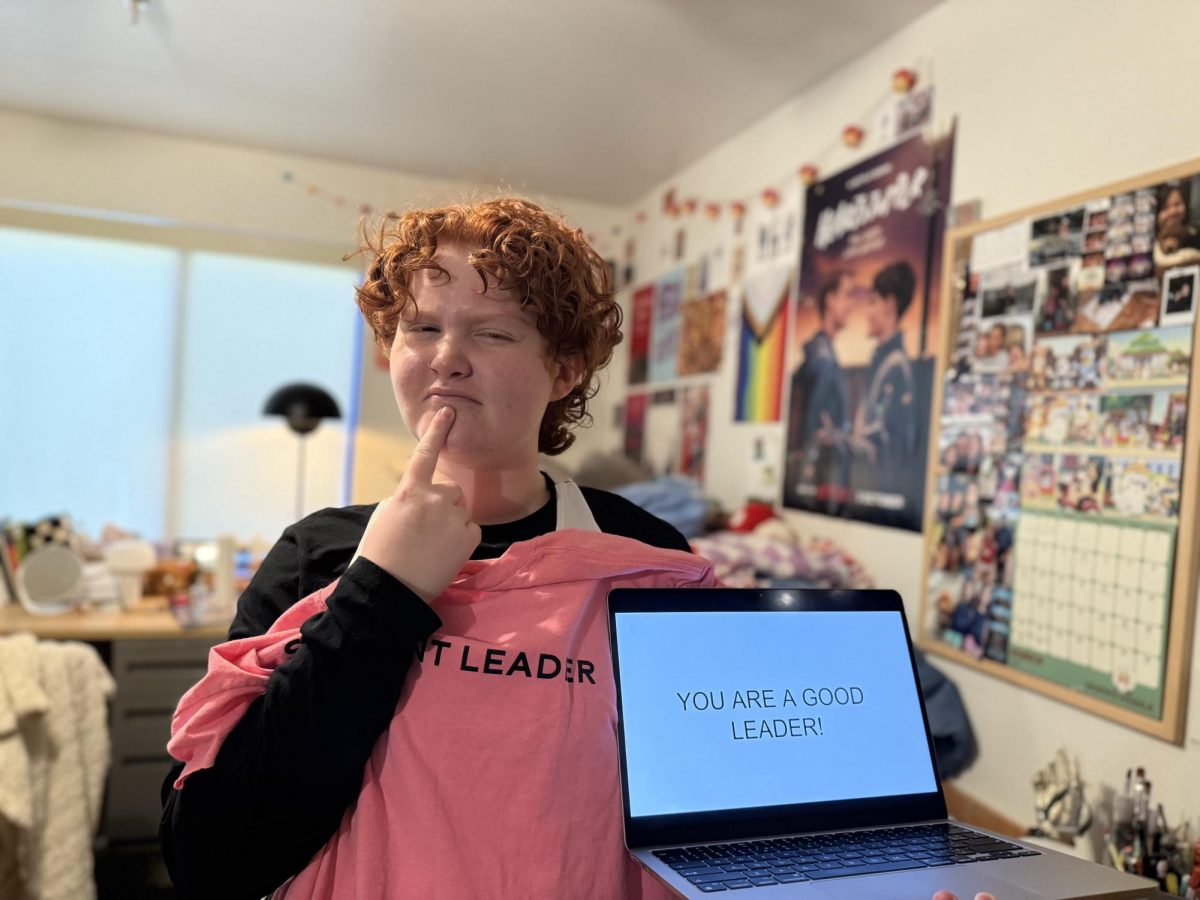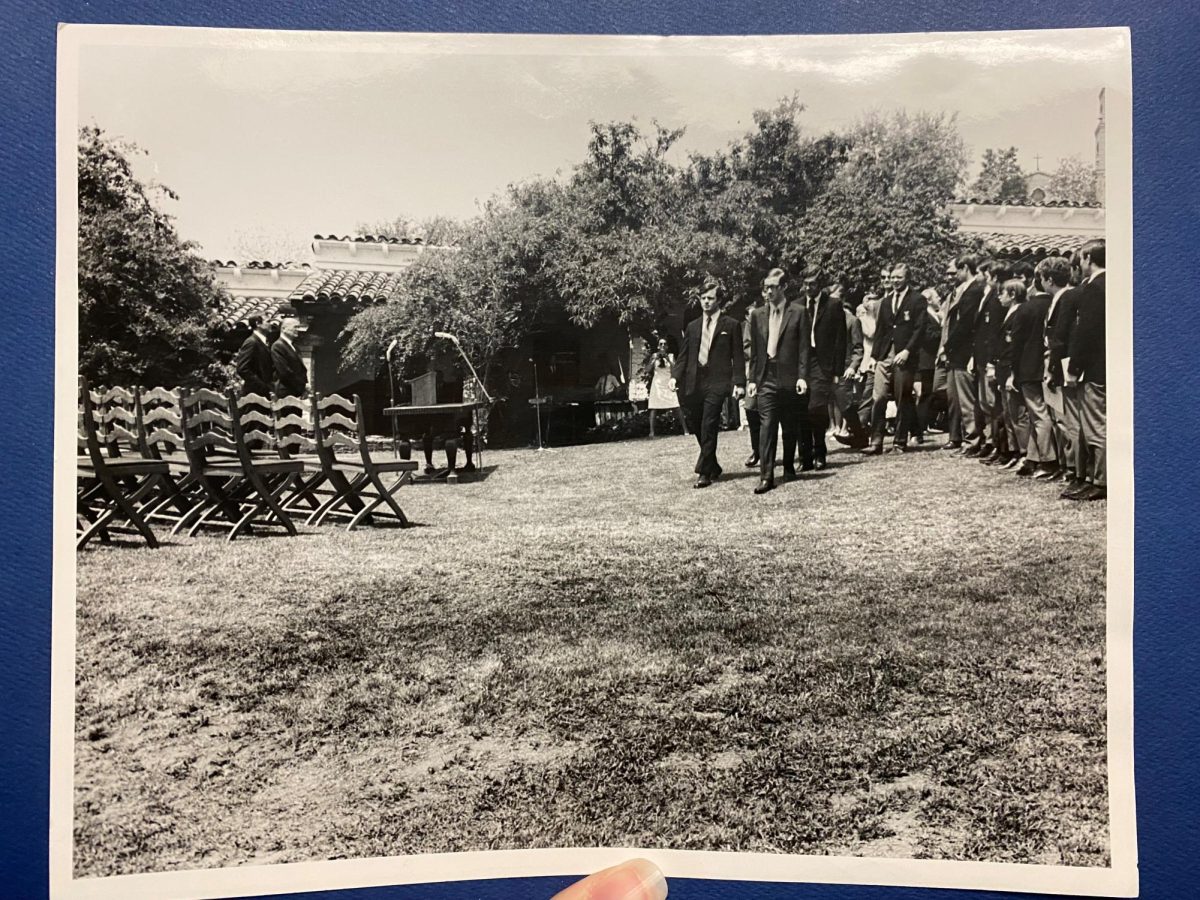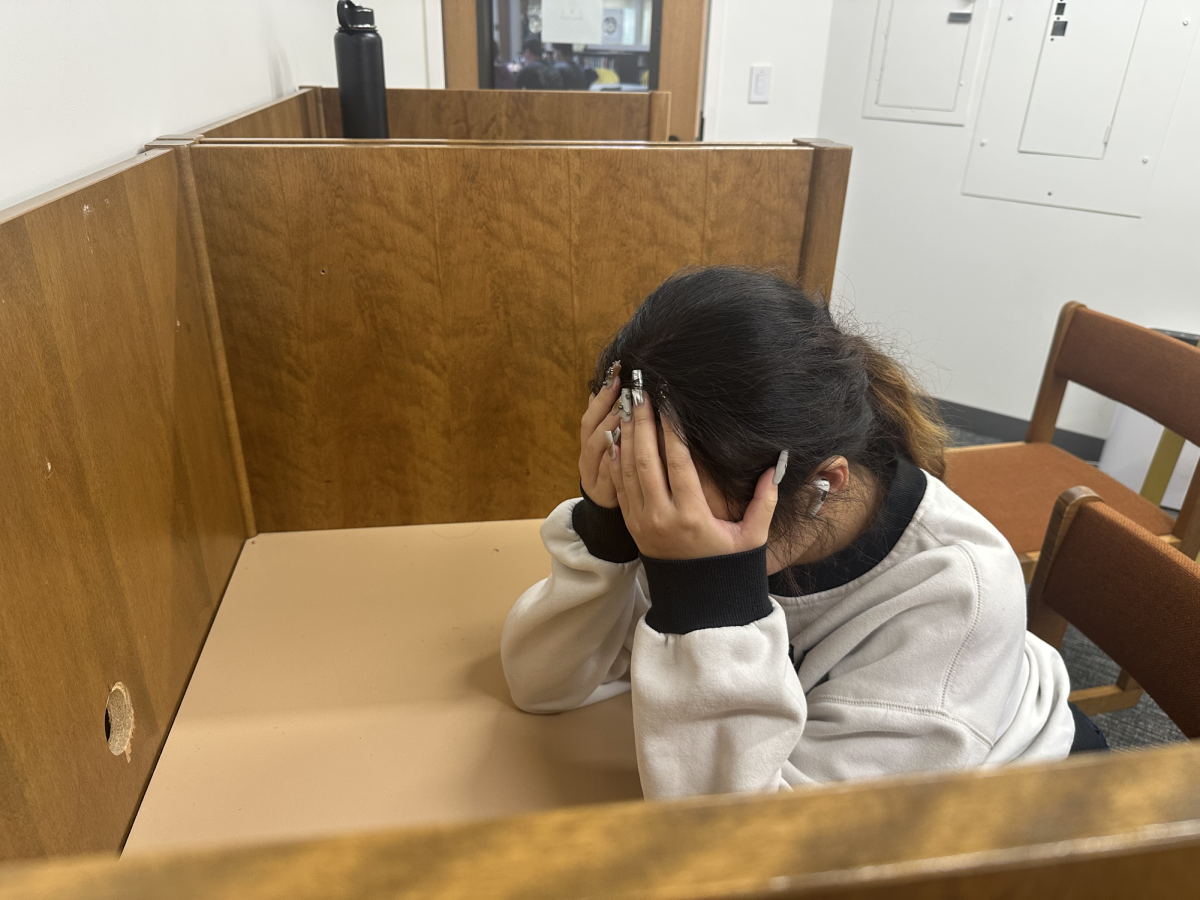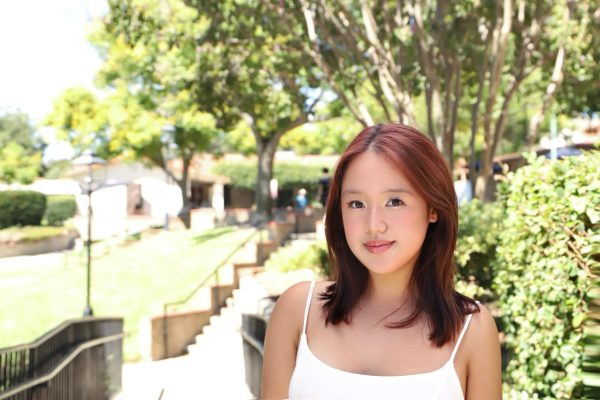The runway gleams under the lights as each model steps forward, wings stretching behind them — a nod to the iconic angel look that once defined Victoria’s Secret. But this time, something has changed.
In response to the new emphasis on body inclusivity, Victoria’s Secret pivoted. The highly anticipated 2024 Runway Show, featuring models of different shapes, sizes, and backgrounds, made a bold attempt to move beyond the narrow beauty standards of the past, promising a more inclusive and diverse presentation. Yet, as Webb students tuned in on social media, watching models strut down the runway, many could not help but wonder: is this true inclusivity, or is it just for show?
Victoria’s Secret built its fame on a hyper-glamorous, ultra-feminine aesthetic that embodied a specific ideal of beauty. Founded in the late 1970s, the brand skyrocketed to prominence by the 1990s with its annual fashion shows, featuring models dressed up like angels in elaborate wings and lingerie sets. These shows and campaigns promoted an image that was strictly defined — tall, thin, and predominantly white, with little room for diversity.
This is the beauty standard that we love and hate at the same time: models are often seen not just as fashion icons but as symbols of an unattainable ideal.
“People worshipped this ideal of beauty to the point that when [Victoria’s Secret] announced they were going inclusive, they got mad,” Emily Shao (‘26) said. “They think Victoria’s Secret is supposed to be pretty.”
As a result, exclusive beauty standards became synonymous with the brand, setting a high bar for beauty that leaves many feeling alienated.
With its 2024 comeback, however, Victoria’s Secret touted a new image — a brand-new face that, at least on the surface, seemed to listen to the millions who had grown disillusioned with the exclusivity they once projected. Driven by growing criticism and a cultural shift toward inclusivity, Victoria’s Secret seems to say, “We are back, and this time, we are doing it right.”
Unfortunately, for many watching the show, Victoria’s Secret’s rebrand on inclusivity felt more like a tick in the diversity box rather than a genuine celebration of body inclusivity.
“I think the only reason that [Victoria’s Secret] is doing plus-size beauty is because of the internet and because people are complaining,” Sophie Lin (‘26) said. “I think when you’re looking at the models, you should ask ‘are they a real representation of what plus-size women look like in real life?’ An even more important question to consider is how an actual person would feel wearing [Victoria Secret’s clothes].”
Indeed, inclusivity motivated by a fear of backlash and online criticisms does not truly make ordinary people feel included; it fails to represent people of different backgrounds, races, gender, and body types. It is not that the inclusion of plus-size models does not matter; every step counts, and people have noticed the change Victoria’s Secret made.
“I think they did make an effort to be more inclusive,” Jia Ni (‘26) said. “I don’t think it’s to a point where they can market it as ‘oh, we’re an inclusive brand now,’ because that’s not what the runway is about.”
The truth is that Victoria’s Secret may have added plus-size models to its recent runway show, but without a deeper commitment to reshaping its definition of beauty, the brand will remain in an ambiguous and even hypocritical space — caught between the exclusive image it built and the inclusive one it now claims to support.
Yes, putting plus-size models on the runway means progress, but for a brand with such a long-standing legacy of exclusivity, adding a few diverse models feels more like an accessory than a genuine transformation.
Victoria’s Secret needs to understand the perspective of those on the other side of the screen. These are the ones who do not live in the world of high fashion yet want to see themselves reflected in the beauty they see. A truly inclusive runway should make every viewer feel seen and valued in a way that goes beyond the glamour. It requires considering how everyone feels when they watch the show, ensuring they never feel like they are not enough. They should feel that they, too, are part of the narrative.
Real change in fashion never comes from the show; it is about how everyone experiences it in the real world. Positive transformation starts with small changes in real life — offering a wide range of sizes in stores, featuring diverse models in everyday campaigns, working with designers who can bring authentic voices to the brand. Real change comes from celebrating the beautiful, messy spectrum of humanity in a way that is sincere, unapologetic, and, most importantly, lasting.


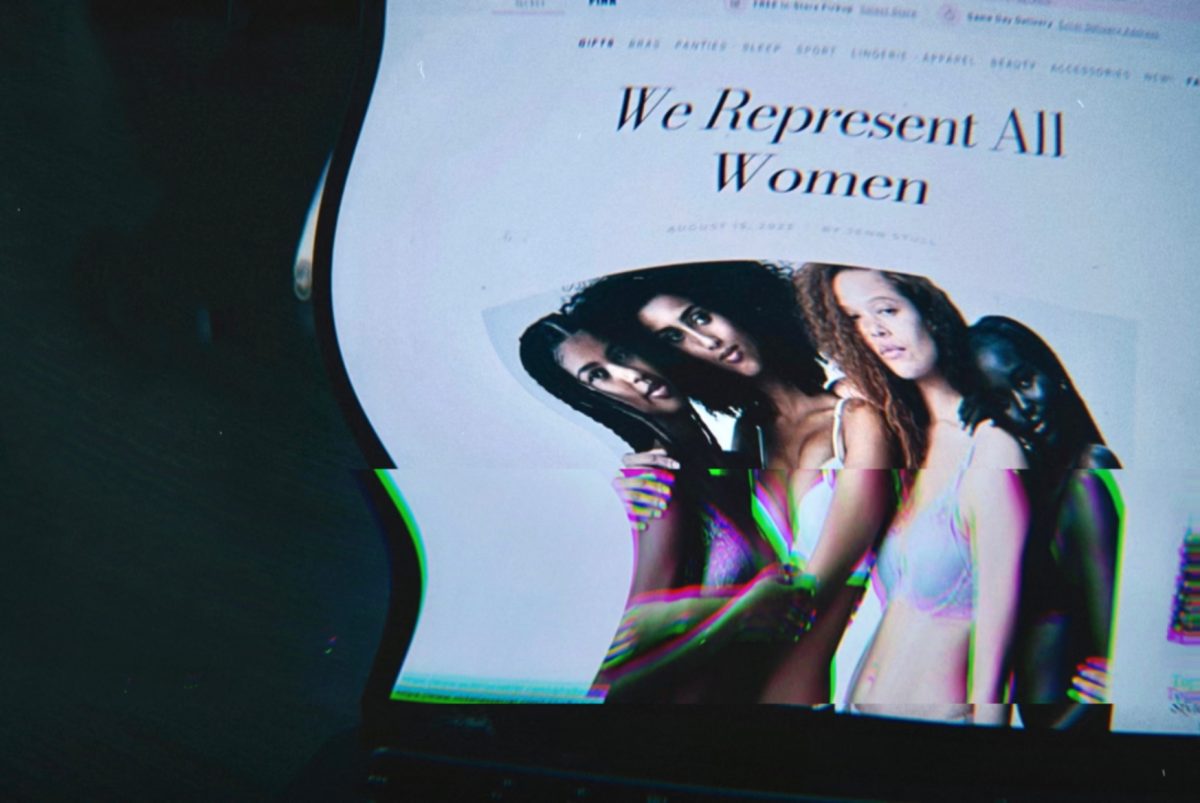



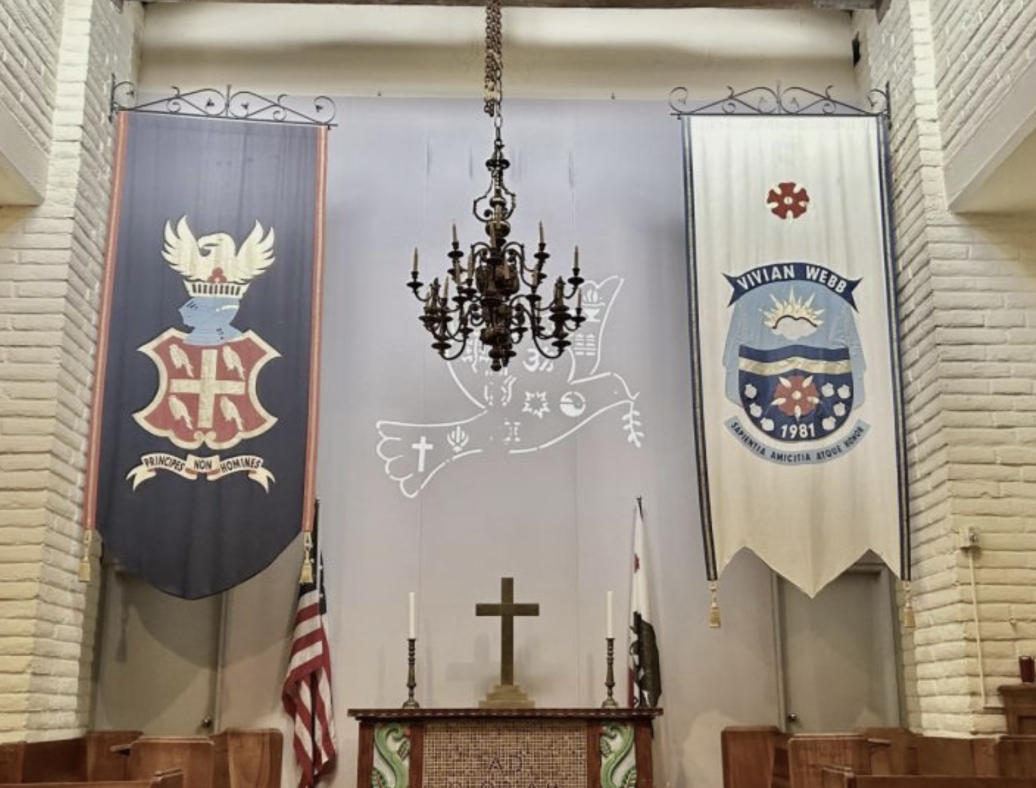
![Many Webb students spend their free time in the library watching a popular TV show like Riverdale and Euphoria. “Based off what I’ve seen, like in Euphoria, because the actors are older, they don't showcase an actual high school life properly,” Sochika Ndibe (‘26) said. “Since [the actors] are older [and] playing a teenager, from a girl’s perspective, it is going to make you think you should look more developed at a young age.” The actor, who plays Veronica Lodge, was 22 years old at the time of filming.](https://webbcanyonchronicle.com/wp-content/uploads/2025/03/Antecol-Media-affects-how-society-functions-graphic-1200x900.png)
